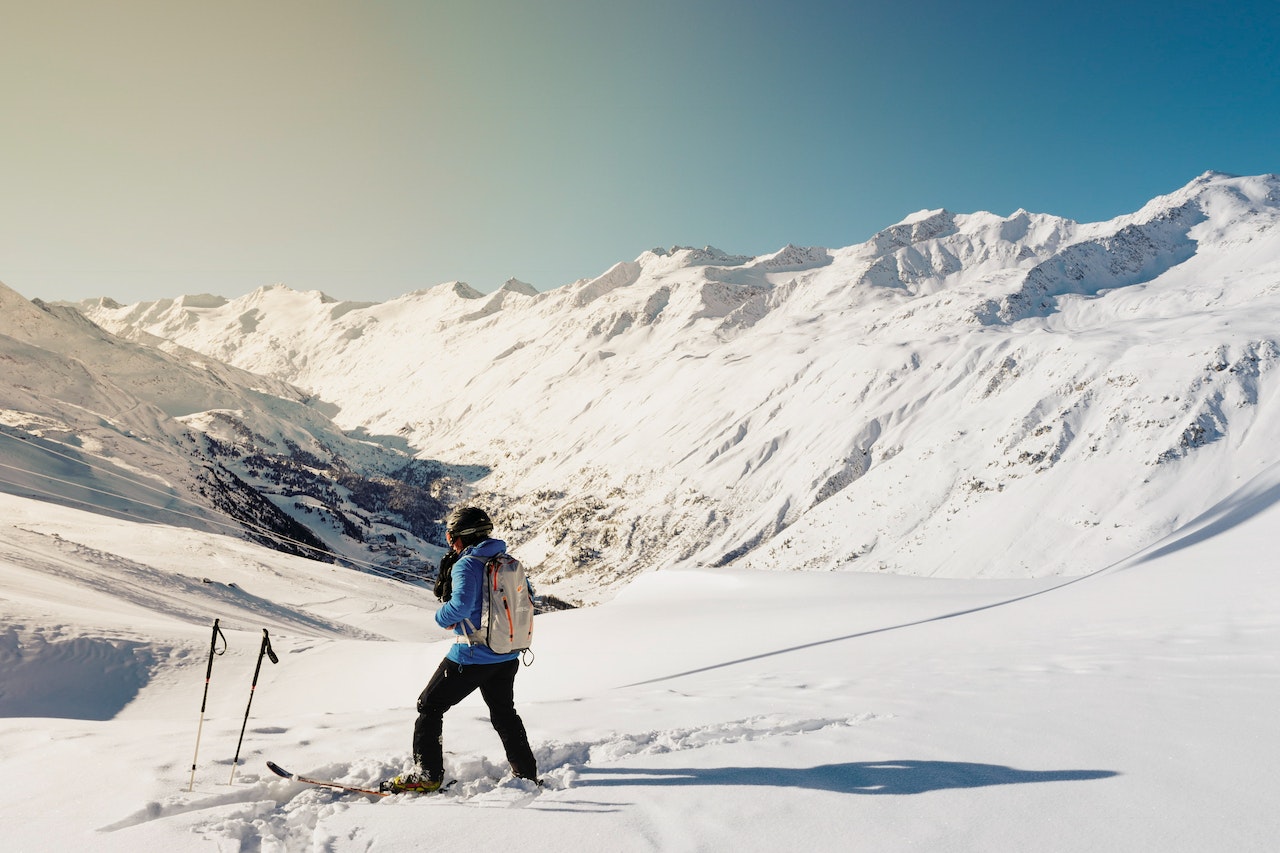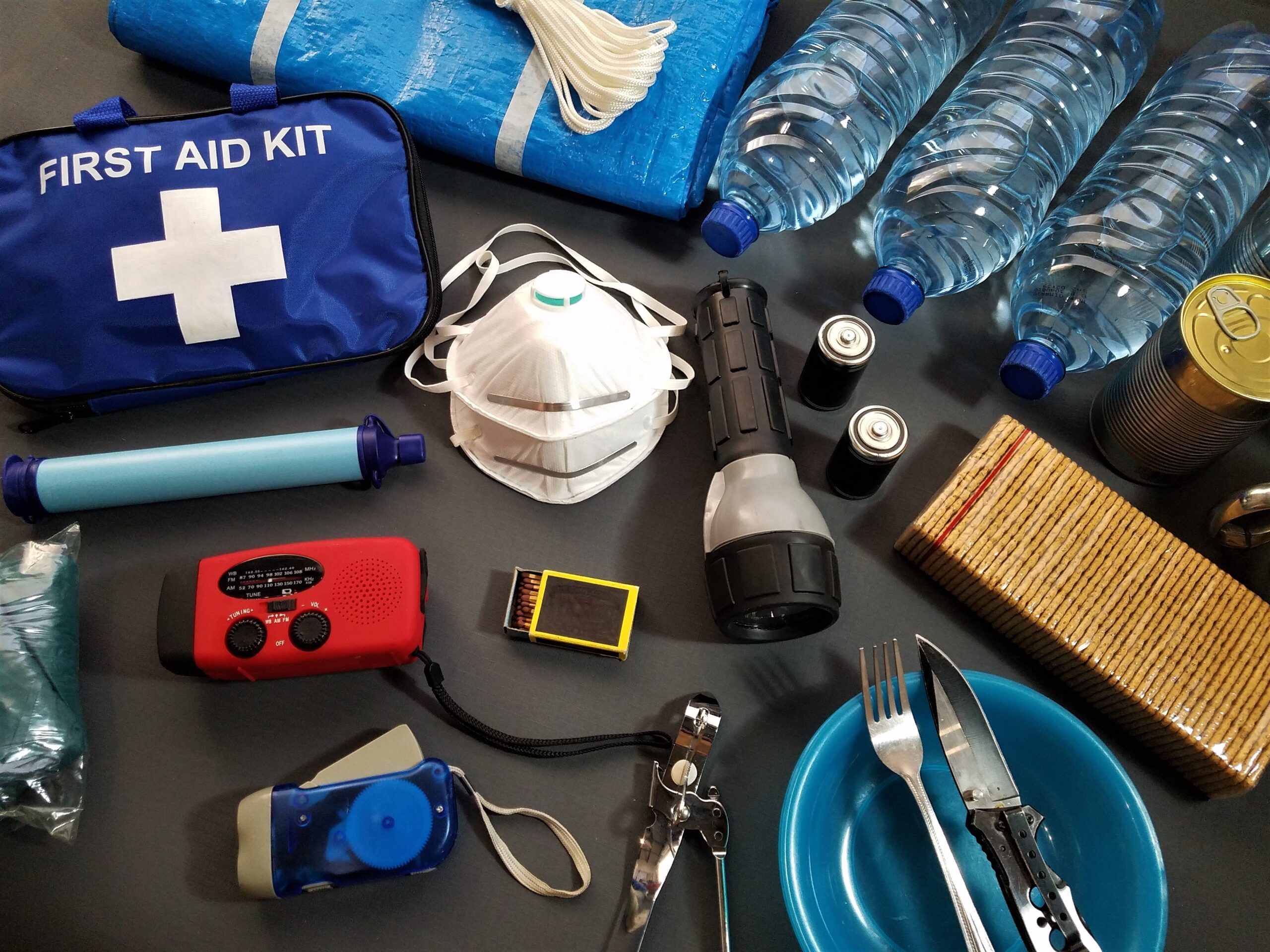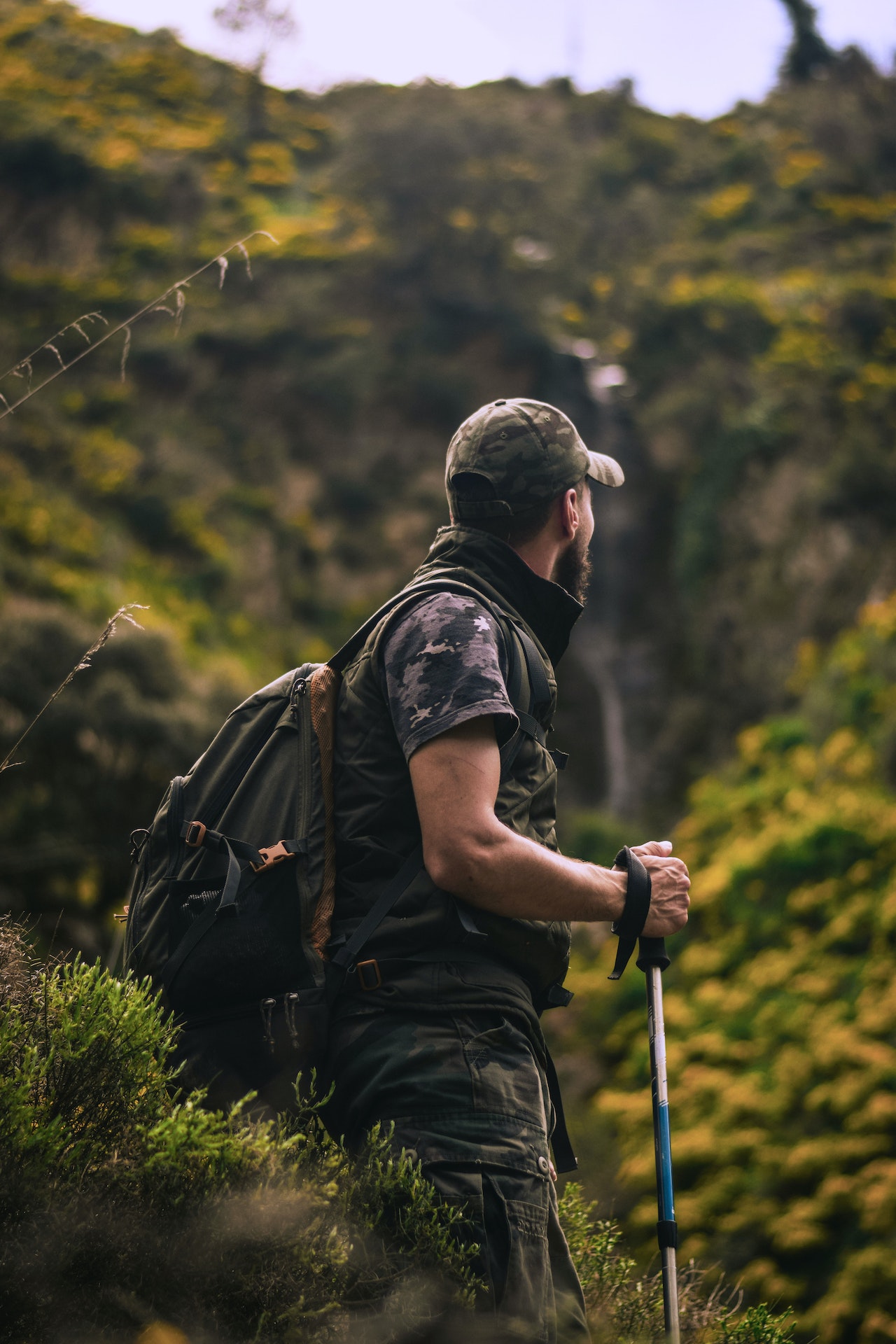Photo by: Giuliano Maderner Source: Pexels
Backcountry skiing is an exhilarating way to experience nature’s pristine snow-covered landscapes. However, the very isolation that makes this activity so appealing can also make it perilous if you find yourself lost or stranded. This comprehensive guide is designed to equip you with the knowledge to survive and make the best of a challenging situation should you ever find yourself lost while backcountry skiing.
1. The Reality of Backcountry Skiing
Venturing into the backcountry comes with an inherent risk. Unlike skiing at a resort, there are no marked trails, ski patrols, or warm lodges to retreat to in the backcountry. Understanding this reality is the first step towards preparing for the unexpected.
2. Preemptive Measures: Preparation is Key
Plan Ahead: Before you even set out:
- Share your route with someone. Ensure they know where you’re going, your expected return time, and what to do if you don’t return by then.
- Check weather reports. Weather in mountainous areas can change rapidly.
- Pack a whistle, brightly colored fabric, and other signaling devices.
- Always carry a detailed map of the area, a compass, and a GPS.
3. First Signs of Trouble
If you believe you might be lost:
Stay Calm: Panic clouds judgment. Take deep breaths and ground yourself.
STOP: An acronym in the survival world:
- Sit down.
- Think about your last known location.
- Observe your surroundings.
- Plan your next action.
4. Assess Your Situation
Check the Time: If it’s late in the day, it might be safer to set up a temporary shelter rather than trying to find your way out in the dark.
Inventory Your Supplies: Know what you have in terms of food, water, and survival gear.
Signal for Help: Three of anything (blasts on a whistle, shouts, flashes of light) is a universal distress signal.
5. Prioritize Shelter
The cold is your enemy, especially if you’re wet from sweating. Finding or creating shelter should be a priority.
Natural Shelters: Caves, under large tree branches, or other natural overhangs can be used.
Snow Trench Shelter:
- Find a drift of snow.
- Dig a trench the length of your body and about two feet deep.
- Place your skis or snowboard across the trench.
- Cover them with snow, leaving a small gap for ventilation.
- Dig an entrance on the side, perpendicular to the wind direction.
6. Stay Warm
Dry Clothes: Change into dry clothes if you’ve been sweating. Moisture conducts heat away from the body.
Fire: If possible, and only if you’re confident it’s safe:
- Gather dry twigs, branches, and if available, pine resin.
- Use waterproof matches or a firestarter.
- Keep the fire small and controlled.
Stay Active: Do small exercises in your shelter to generate body heat.
7. Hydration and Nutrition
Snow for Water: If you have no water, you can eat snow. However, always melt it first if possible to conserve body heat.
Rationing: Ration your food, but don’t ration water. Dehydration impairs judgment.
8. Navigating Out
If you decide to move:
- Only do so if you’re confident about the direction.
- Mark your path so you can find your way back to your shelter.
- Follow downhill routes; they often lead to trails, roads, or settlements.
9. Signal Continuously
Even while in your shelter:
- Place any colorful items outside to make your location visible from a distance.
- Blow your whistle periodically.
- If you have a mirror or any reflective item, use it to signal aircraft or distant search parties.
10. Keeping Up Morale
The psychological aspect is as crucial as the physical:
- Keep a positive mindset. Negative thoughts can drain your energy.
- Set small goals: building a better shelter, collecting more wood, or even just staying warm.
11. Know the Signs of Hypothermia
Even if you feel okay, be aware of:
- Shivering
- Numbness
- Fatigue
- Confusion
- Slurred speech
Take immediate action by warming yourself, especially the core areas.
12. If Found or Rescued
Once found:
- Stay calm and follow rescuers’ instructions.
- Get medical attention, even if you feel fine. Some injuries or conditions might not be immediately apparent.
- Inform the person you shared your route with that you’re safe.
13. Post-Trip: Lessons Learned
Every situation, especially challenging ones, offers learning:
- Reflect on what went wrong and how you might avoid it next time.
- Update your survival kit based on what you wished you had.
- Consider taking survival courses or wilderness first-aid classes.
Conclusion:
Backcountry skiing is a thrilling experience, but it’s crucial to respect the inherent dangers of the wilderness. While the goal is never to end up lost or stranded, being prepared for that possibility can make a significant difference in the outcome. Equip yourself with knowledge, practice good judgment, and always prioritize safety over pride. The mountains will always be there another day; ensuring you are too is paramount.



